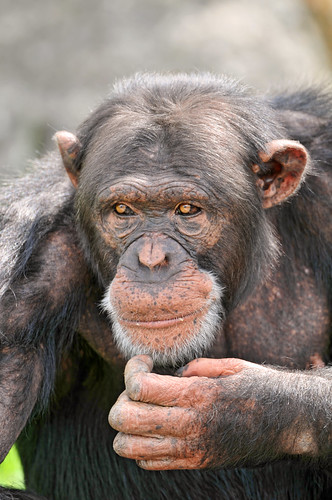

 Freelance journalist Andrew Marshall's tweets
Freelance journalist Andrew Marshall's tweets on the shooting of Thai general Seh Daeng in Bangkok yesterday was widely retweeted by Twitter users who were interested in the latest developments in Thailand.
Marshall, currently reporting in Thailand, gave instantaneous updates of the incident and through his tweets (seen above) we get as sense of the uncertainty and chaos in the minutes that followed.
Inaccurate information and errors, likely unchecked, is rapidly posted anyway to readers. An unforgivable oversight in other reporting circumstances which could cause the journalist his credibility, but not so on Twitter.
Rather the contrary is true, as more readers 'followed'
@Journotopia (Marshall's Twitter page) after the first tweets despite the error.
For all the attention it receives, Twitter is
still seen by many in journalism as a frivolous novelty. There remains a major absence of veteran and working journalists from the site (though this is slowly changing), and a confusion remains on how to use the site.
Major news organisations concerned with the effects of their reporters tweeting to their reputation (and bottomlines) have put out guidelines on its use. Reuters' Handbook on Journalism, for example, instructs its employees to 'Not scoop the feed' in their tweets in its
new social media section, while
The Washington Post expressly forbids it employees from expressing any content that is less than objective.
Credibility and profit matters aside, there is little innovation in the way major news organisations utilise the technology to rewrite journalism. Instead, we find
new and exciting trends emerging from the margins.
In the ongoing Thai troubles, an increasing number of news readers are looking to alternative sources for the newest developments as they happen. In what is looking to become trend for news junkies, readers are following multiple twitter feeds for the latest unfiltered information from various unconnected sources, with little regard for their journalistic status.
The updates are constrained by Twitter's 140 character limit, and individually can only communicate bits and pieces of a situation. It is in a timeline that contains multiple feeds that we see the net effect of the information, as they slowly come together to create a landscape of what's going on from different vantage points, and potentially from different viewpoints.
In what pundits have dubbed '
ambient journalism', this is a new way of experiencing the news, though
not without the expected pitfalls.
As there can be as much misinformation as there is information,
concerns on the reliability of ambient journalism hampers its usefulness.
But when read as a '
first draft of history', it becomes invaluable.
 Human nature #1: Where you come from can have a positive or negative effect on your personality. But usually, it's negative.
Human nature #1: Where you come from can have a positive or negative effect on your personality. But usually, it's negative.



